Bedding for Rodent Cages
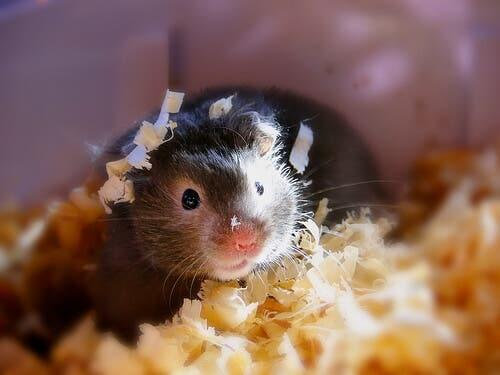
Most rodent pets live in cages. While we sometimes let them out for exercise, most of their time is spent in a fairly small space where they eat, sleep, or do their business. Therefore, it’s a good idea to know the different bedding for rodent cages.
Assembling a rodent’s cage
Guinea pigs, rabbits, hamsters, and even gerbils don’t need much time or care, but they must have a cage specially conditioned for them. In addition to food and water containers, they also need a small house to sleep in, toys, and bedding on the floor.
A rodent can be trained to do their business in one place, but because they normally spend so many hours inside their cage we don’t usually see it. This gives them a specific space to do their business, so it’s important to place some of the bedding on the cage’s floor .
However , there isn’t a specific one for all pets that’s effective in keeping smells at bay, nor that’s safe for their health. So you need to know about the different types of bedding and choose the one that best suits your pet.
The importance of hygiene
As we said, even if they’re out of their cage all day, rodents usually do their needs in their cage, regardless of the place. The more modest ones may choose a corner, but they’re usually not as careful as we would like.
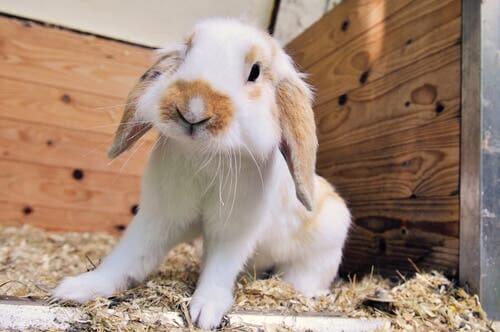
Hygiene is very important for the health of your pet and also for the health of your whole family. Using the right bedding isn’t enough. It has to be changed often and bigger bits of dirt usually need to be removed daily. That is, fresh food remains, feces, and clumps of wet bedding, etc..
A dirty cage will give off odors that fill the whole house, which is unpleasant. A moist bed can also create ulcers on your pet’s legs or attract flies and other insects, and fungi may even develop. If you don’t remove the bad food, your pet may suffer indigestion or poisoning.
Sawdust
Sawdust is one of the best known and practical types of bedding. It’s cheap and easy to find; it’s not heavy and doesn’t require a lot of effort to buy it.
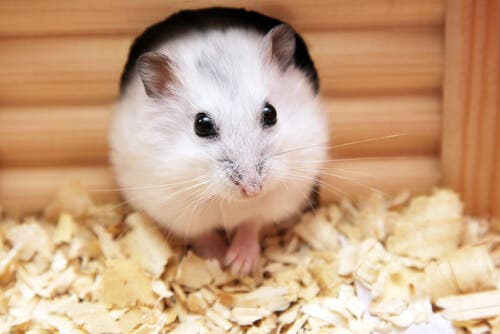
However, sawdust has a problem that not many pet owners think of: its origin. If you want to use sawdust in the cage, make sure it’s pet friendly. Any recycled sawdust could be made from treated wood or contain a lot of dust, and then be harmful to health.
Pressed pellets
Pellets have become fashionable for a few years and rightly so. They weigh little and absorb a lot, are comfortable to use, they mitigate the smell and many of them come from recycled material.
There are many different types of pellets: pressed paper, straw, wood and even cereal husk remains. Some brands sell scented versions, although your rodent may not like perfumes. However, basic hygiene should avoid odors.
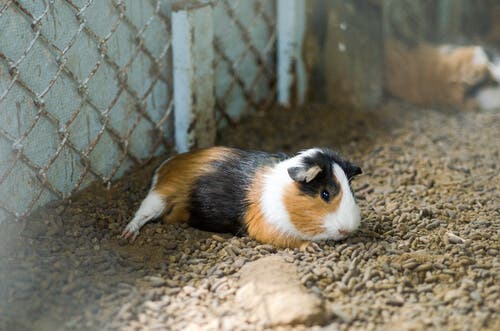
Pellets are a very good choice for rodent cages . There’s a lot of variety on the market in terms of brands, sizes, weights, and origins. Because they’re created specifically to be hygienic, they’re usually safe for your pet’s health. However, make sure the one you buy is right for your rodent.
Other types of bedding for rodent cages: fabrics
In warm countries or during hot seasons rodents drink more and therefore soil their beds more. With heat and moisture, it’s common for the cage to smell more and the bedding to break down sooner. Some people prefer to change the bedding to fabrics. This is good for the following reasons:
- It can frequently be washed in the washing machine at a high temperature, even daily.
- Have the edges well finished and have no threads that rodents can swallow.
- They absorb the moisture your pet generates well and don’t create puddles.
- You can create a plush, absorbent layer by overlapping multiple layers of fabrics.
Bedding for rodent cages: not recommended
Despite all the good options available to use as bedding for rodent cages, there are less recommendable options. One of them is cat litter . As its name indicates, this is specifically for cats.
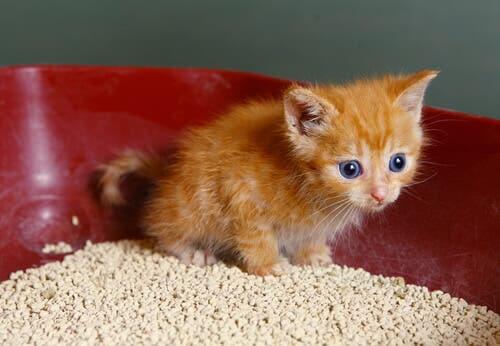
Cats only use their litter box when they need to, and don’t live there. Cat litter often contains a lot of dust that could damage the airways of a smaller animal.
Try to also avoid newspapers. They are absorbent and inexpensive, but the ink they are printed on could be toxic to your pet if they decide to eat it. Newspapers can be placed at the base of a cage, but only if they are well covered by another kind of bedding and your animal can’t access them.
There are many options available to use in the hygiene of your pet’s cage. Hygiene is necessary for the health of your pet and the whole family. Choose a bedding that suits your pet and to keep its habitat clean.